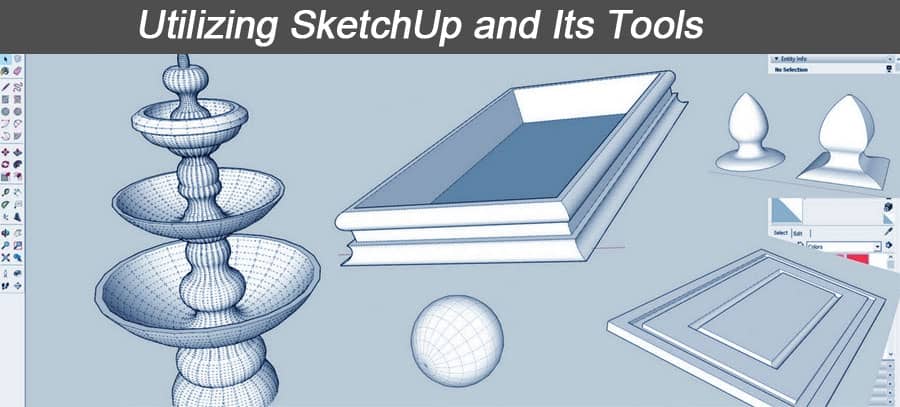In today’s medical landscape, the integration of advanced technology has revolutionized various aspects of patient care, treatment, and facility design. One such groundbreaking tool making significant strides is SketchUp, renowned for its versatility in creating detailed 3D models.
Introduction to SketchUp in the Medical Field
Design plays a pivotal role in modern medicine. From preoperative planning to conceptualizing medical facilities, precision and accuracy are paramount. SketchUp, with its user-friendly interface and robust toolset, has seamlessly extended its applications beyond conventional industries into the realm of healthcare.
Applications of SketchUp in Medical Planning
Within medical planning, SketchUp has emerged as a go-to platform for creating intricate 3D models. Surgeons employ its tools to visualize surgeries beforehand, allowing for meticulous planning and improved precision during operations. Moreover, architects and designers leverage SketchUp to craft healthcare facilities, optimizing space and functionality.
Precision in Medical Visualization
The tools offered by SketchUp enable unparalleled precision in medical visualization. Accurate modeling tools coupled with collaborative capabilities allow medical professionals to create detailed models that accurately represent anatomical structures or medical facilities. This precision aids in effective communication and decision-making among healthcare teams.
Improving Patient Education and Communication
One of SketchUp’s remarkable contributions to medicine is its ability to enhance patient education. Using 3D models, medical professionals can elucidate complex procedures to patients, improving their understanding and involvement in their own care. This fosters better communication between doctors and patients, leading to more informed decisions.
Data Integration and Analysis
SketchUp’s capability to integrate medical data elevates its significance in the field. By incorporating various medical datasets, professionals can analyze complex scenarios, aiding in treatment planning, research, and developing innovative solutions for medical challenges.
Customization and Innovation in Medical Device Design
The software’s versatility extends to the customization of medical devices. Through SketchUp, designers can tailor devices to fit unique patient needs, fostering innovation in the development of medical equipment and prosthetics.
Challenges and Solutions in Medical Design Using SketchUp
While SketchUp offers immense potential, challenges exist, particularly in dealing with the complexities of medical models. However, continuous advancements and collaborations are paving the way to address these challenges effectively.
Future Prospects and Developments
The future holds promising advancements in SketchUp’s capabilities for medical applications. Predictions foresee enhanced tools catering specifically to the medical field, further revolutionizing how healthcare professionals approach design and visualization.
Conclusion
In essence, SketchUp’s integration into the medical field marks a significant leap forward. Its versatile tools, coupled with a user-friendly interface, are reshaping how medical professionals plan, communicate, and innovate.
FAQs
Is SketchUp user-friendly for medical professionals unfamiliar with design software?
Yes, SketchUp’s intuitive interface makes it accessible for beginners in the medical field.
Can SketchUp handle complex medical data for modeling?
SketchUp offers capabilities to integrate and analyze diverse medical datasets for precise modeling.
Are there limitations to SketchUp in creating highly detailed anatomical models?
While challenges exist, continuous advancements aim to overcome limitations for intricate medical models.
How does SketchUp benefit patient-doctor communication?
SketchUp facilitates clearer communication through 3D models, aiding in patient education and understanding.
What can we expect in SketchUp’s future developments for medical applications?
Anticipate more tailored tools and features catering specifically to medical professionals, enhancing precision and innovation.


